Welcome to the captivating world of Kalamata olives, a Mediterranean marvel! Often crowned as the king of olives, these treasures offer more than just flavor. They embody rich tradition and culinary mastery. This guide takes you through the unique aspects of these olives. From their ancient Greek origins to their role in modern kitchens, their story is one of enduring taste and health.
Kalamata olives don’t just delight our taste buds. They pack a punch with health benefits, attracting health enthusiasts. We’ll explore their cultivation, distinctive flavors, and how they transform dishes. Whether you’re a culinary pro or a food aficionado, our range of recipes will ignite your passion. We’ll also compare these olives with other varieties, showcasing their special features.
Join us on this flavorful journey to uncover the secrets of Kalamata olives. Get ready for inspiration and a newfound love for this Mediterranean jewel.
The Rich History of Kalamata Olives
Origins in Ancient Greece
Initially, Kalamata olives have their roots in Greece, integral to the Mediterranean diet for centuries. Specifically, in the city of Kalamata in the Peloponnese region, these olives started their journey, thriving in the lush landscape.
Symbolism in Greek Culture
Additionally, in ancient Greece, these olives were symbols of peace, wisdom, and victory, more than just a culinary ingredient. Notably, Greek myths describe olives as gifts from the goddess Athena. Therefore, this deep cultural connection adds to the olives’ significance, intertwining them with ancient lore.
A Journey Through Time
Moreover, our olives have a history marked by endurance and transformation. Initially a staple in ancient Greek diets, they have now gained global culinary acclaim. Importantly, the skill of cultivating these olives is a legacy, nurtured and refined over generations.
Global Recognition and Modern Day Appeal
Finally, today’s Kalamata olives transcend their Greek origins, earning global recognition. Renowned for their unique flavor and rich history, they have evolved from a regional specialty to a worldwide phenomenon, underlining their timeless appeal.
Cultivating the Perfect Olive
The Art of Growing Kalamata Olives
Firstly, farmers in Greece’s Peloponnese region have perfected the art of growing olives. These olives thrive in a unique combination of climate and soil. The warm sun and nutrient-rich soil are crucial for their distinct flavor. Here, farmers skillfully merge tradition with modern methods to ensure top-quality olives.
Harvesting: A Blend of Tradition and Precision
Secondly, harvesting Kalamata olives is a meticulous process. Farmers handpick them to prevent bruising, typically during late fall and early winter. This careful approach preserves the olives’ flavor and texture. Furthermore, the harvest season celebrates the community’s deep-rooted connection to the land.
From Harvest to Table: Processing and Preparation
Next, the olives go through a detailed curing and fermentation process. This step is essential for developing their characteristic taste and texture. Traditionally, farmers cure the olives in natural brine, enhancing their fruity flavor. Although this process is lengthy, it’s crucial for delivering world-renowned olives.
Ensuring Quality and Authenticity
Lastly, quality control is integral to the production of the olives. Each olive undergoes thorough inspection for size, color, and texture. This strict scrutiny ensures that only the best olives are labeled as “Kalamata.” Additionally, the Protected Designation of Origin (PDO) status maintains the authenticity of these olives, affirming their genuine regional origin.
Nutritional Profile
A Powerhouse of Nutrients
Kalamata olives are a nutritional powerhouse. They’re rich in healthy fats, primarily monounsaturated fatty acids, which are beneficial for heart health. Additionally, these olives are a good source of vitamins and minerals, including Vitamin E, iron, and calcium. These nutrients play a vital role in maintaining overall health, from strengthening bones to boosting the immune system.
Antioxidant Properties and Health Benefits
Moreover, Kalamata olives are packed with antioxidants, as highlighted in research on the antioxidant properties of olives. These compounds help combat oxidative stress and inflammation in the body. Regular consumption of these olives can contribute to reduced risk of chronic diseases like heart disease and certain types of cancer, similar to the well-documented health benefits of olive oil. The antioxidants also play a role in skin health, potentially slowing down the aging process.
Dietary Fiber and Digestive Health
Furthermore, Kalamata olives are a good source of dietary fiber, promoting digestive health. Fiber aids in regular bowel movements and can help prevent digestive disorders. Including these olives in your diet can contribute to a healthy gut, which is crucial for overall wellness.
The Role in a Balanced Diet
Lastly, incorporating Kalamata olives into a balanced diet offers numerous health benefits. They can be a part of a healthy Mediterranean diet, known for its positive impact on longevity and well-being. However, it’s important to consume them in moderation due to their high salt content, especially for those monitoring their sodium intake.
The Unique Flavor Profile of Kalamata Olives
Distinctive Taste Characteristics
Kalamata olives are renowned for their unique flavor, which sets them apart from other olive varieties. They boast a robust and fruity taste, often described as a perfect balance of bitter and salty with a hint of sweetness. This distinctive flavor profile makes olives a favorite among chefs and gourmets worldwide.
Texture and Appearance
In addition to their taste, the texture of Kalamata olives is equally noteworthy. They have a meaty, smooth texture that pairs well with a variety of dishes. Visually, those olives are easily recognizable by their deep purple, almost black color, and almond-like shape. This appealing appearance enhances their allure in culinary presentations.
Culinary Versatility
Kalamata olives are incredibly versatile in the kitchen. They can enhance the flavor of both savory and some sweet dishes. From being a key ingredient in traditional Greek salads to adding depth to pasta dishes, pizzas, and even bread, their culinary uses are vast. Chefs also use Kalamata olive oil for its rich flavor in cooking and dressings.
Pairing with Foods and Wines
Lastly, the complex flavor of Kalamata olives pairs wonderfully with various foods and wines. They complement cheeses, especially feta and goat cheese, and are a great addition to charcuterie boards. In terms of wine pairing, these olives go well with full-bodied red wines, which balance their rich flavor.
Heavenly Recipes
Classic Greek Salad
First and foremost, the classic Greek salad, a cornerstone of Greek cuisine, beautifully showcases Kalamata olives. By combining ripe tomatoes, cucumbers, red onions, feta cheese, and olives, this salad creates a symphony of flavors. Notably, the olives add a distinct tang and richness, elevating the overall taste.
Kalamata Olive Tapenade
Additionally, the Kalamata olive tapenade is a flavorful and easy-to-make spread. Blending Kalamata olives with capers, garlic, lemon juice, and olive oil results in a delightful dip. Perfect for crusty bread or as a condiment, it enhances grilled meats and vegetables wonderfully.
Mediterranean Pasta with Kalamata Olives
Moreover, in this Mediterranean pasta dish, our olives unite with sun-dried tomatoes, garlic, spinach, and a hint of chili. The olives contribute depth and a slight saltiness, complementing the tangy tomatoes and fresh spinach beautifully.
Roasted Chicken with Kalamata Olives
Finally, Those olives bring a flavor explosion to roasted chicken. Marinating chicken in a mix of olives, herbs, and lemon results in a succulent and aromatic dish. The olives imbue the chicken with a savory richness, creating an unforgettable dining experience.
Pairings and Serving Suggestions
Complementing Cheeses with Kalamata Olives
These olives pair exceptionally well with a variety of cheeses. Their robust flavor complements the creaminess of cheeses like feta, goat cheese, and brie. Serving the olives alongside a cheese platter enhances both the taste of the cheese and the olives.
Wine Pairings for Kalamata Olives
Additionally, selecting the right wine can elevate the experience of enjoying these olives. Full-bodied red wines, like Cabernet Sauvignon and Merlot, balance the rich flavor of the olives. For a lighter pairing, consider a crisp white wine like Sauvignon Blanc, which can refresh the palate.
Kalamata Olives in Appetizers and Salads
Moreover, these olives are a versatile addition to appetizers and salads. They add a burst of flavor to bruschetta, tapas, and Greek salads. Their salty and tangy profile complements the freshness of vegetables and the richness of meats.
Creative Cooking
Lastly, Kalamata olives inspire creativity in cooking. They can be a key ingredient in Mediterranean dishes, add depth to sauces and stews, or be a flavorful topping on pizzas. Experimenting with olives in various dishes can lead to delightful culinary discoveries.
Comparison with Other Olive Varieties
Kalamata vs. Green Olives
<p>Firstly, Kalamata olives differ significantly from green olives. Green olives, harvested before they ripen, are firmer and have a milder, more bitter taste. In contrast, Kalamata olives, picked when fully ripe, have a deeper, more complex flavor profile, combining sweet, sour, and salty notes.
Contrasting with Black Olives
Moreover, Kalamata olives also stand out from generic black olives. While most black olives undergo a curing process that softens their flavor, these olives retain a richer and more pronounced taste. Their texture is meatier and less mushy compared to standard black olives.
Unique Characteristics
Additionally, the unique almond shape and deep purple color of Kalamata olives make them visually distinct from other varieties. Flavor-wise, they offer a perfect balance of fruitiness, bitterness, and a hint of smoke, setting them apart in both appearance and taste.
Nutritional Comparisons
Lastly, while all olives offer health benefits like healthy fats and antioxidants, Kalamata olives have a slightly higher concentration of these nutrients. This makes them a slightly more beneficial choice for those looking to enhance their diet with healthy fats and antioxidants.
Selecting and Storing
Choosing the Best
When selecting Kalamata olives, look for ones that are plump and have a glossy, deep purple to almost black color. The olives should be firm to the touch, without any signs of shriveling or soft spots. If buying from a bulk container, ensure the brine is clear and not cloudy, which is a sign of freshness.
Storing Olives for Freshness
Proper storage is key to maintaining the quality of the olives. If they come in a brine solution, keep them submerged in this liquid in a tightly sealed container. Refrigerate them to extend their shelf life. Olives not in brine should be stored in an airtight container in the refrigerator.
Long-Term Storage Solutions
For long-term storage, the olives can be frozen. Place them in an airtight container or a heavy-duty freezer bag. While freezing can alter their texture slightly, it’s an effective way to preserve them for an extended period.
Reviving and Using Stored Olives
If the olives dry out or lose some flavor during storage, you can revive them. Briefly soak them in a mixture of water and vinegar or brine. This method can help restore some of their original zest and make them suitable for cooking or garnishing.
Sustainability and Ethical Farming Practices
Environmental Impact of Olive Farming
Olive farming, including the cultivation of Kalamata olives, can have a significant environmental impact. It’s important for farmers to adopt sustainable practices, as outlined in the guide on sustainable farming practices in olive cultivation. This includes managing water resources efficiently, minimizing the use of pesticides, and preserving the natural habitat around olive groves.
Ethical Practices in Olive Cultivation
In addition to environmental sustainability, ethical practices play a crucial role in olive farming. This includes fair labor practices, supporting local communities, and ensuring the welfare of workers involved in the cultivation and harvesting of olives.
Organic Farming and Kalamata Olives
The movement towards organic farming is gaining momentum in the cultivation of olives. Organic farming eschews the use of synthetic fertilizers and pesticides, focusing instead on natural methods of pest control and fertilization, which is better for the environment and the final product’s quality.
Consumer Role in Supporting Sustainable Practices
As consumers, choosing Kalamata olives from sources that prioritize sustainability and ethical practices is crucial. Look for certifications like organic, fair trade, or other indicators of responsible farming. By making informed choices, consumers can play a part in promoting sustainable and ethical practices in the olive industry.
FAQs
What is Special About Kalamata Olives?
Kalamata olives are renowned for their unique taste and texture. They offer a perfect balance of salty, sweet, and tangy flavors with a smooth, meaty texture. Additionally, their deep purple color and almond shape make them visually distinctive. Cultivated in the specific climate and soil of the Kalamata region in Greece, they hold a Protected Designation of Origin (PDO) status, which speaks to their authenticity and quality.
What is the Difference Between Olives and Kalamata Olives?
The main difference lies in the type and flavor profile. Kalamata olives, a specific variety from Greece, are known for their deep purple color, larger size, and richer, more complex flavor compared to other olives. They are usually harvested fully ripe, which contributes to their distinct taste.
What is Another Name for Kalamata Olives?
These olives are sometimes referred to as “Greek black olives,” but it’s important to note that not all black olives from Greece are Kalamata olives. The name “Kalamata” is specific to olives from the Kalamata region, protected under the PDO status.
Are Kalamata Olives from Italy?
No, Kalamata olives are not from Italy. They originate from the Kalamata region in the Peloponnese peninsula of Greece. While Italy is known for its own varieties of olives, Kalamata olives are distinctly Greek.</p>
Conclusion
As we wrap up our exploration of Kalamata olives, it’s clear that these small fruits are not just a culinary ingredient but a symbol of heritage, health, and gastronomic delight. From their rich history rooted in ancient Greece to their modern-day status as a global culinary favorite, these olives have traversed a remarkable journey.
Their unique flavor profile, nutritional benefits, and versatility in cooking make them a standout ingredient in kitchens around the world. Whether used in a classic Greek salad, transformed into a rich tapenade, or simply enjoyed as a snack, these olives bring a touch of Mediterranean magic to every dish.
Moreover, understanding the importance of sustainable and ethical farming practices in producing these olives reminds us of our role as conscious consumers. By choosing the olives from responsible sources, we support not only our health but also the health of the planet and the communities that cultivate them.
In conclusion, Kalamata olives are more than just a staple of the Mediterranean diet; they are a testament to a rich cultural legacy and a beacon of flavorful, healthy eating. As we continue to savor their distinct taste, let’s also appreciate the story and tradition that each olive carries within it.
Thank you for joining us on this flavorful journey through the world of Kalamata olives. May your culinary adventures with these delightful olives be as enriching as they are tasty!

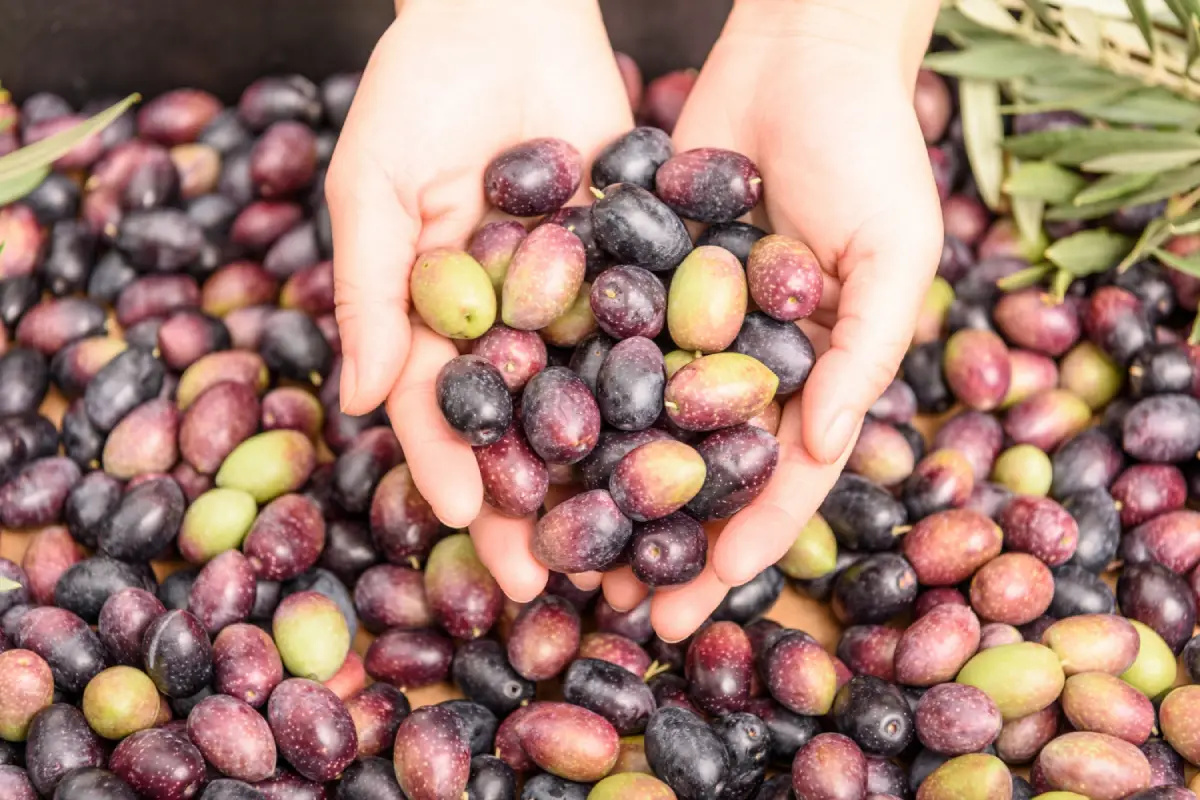
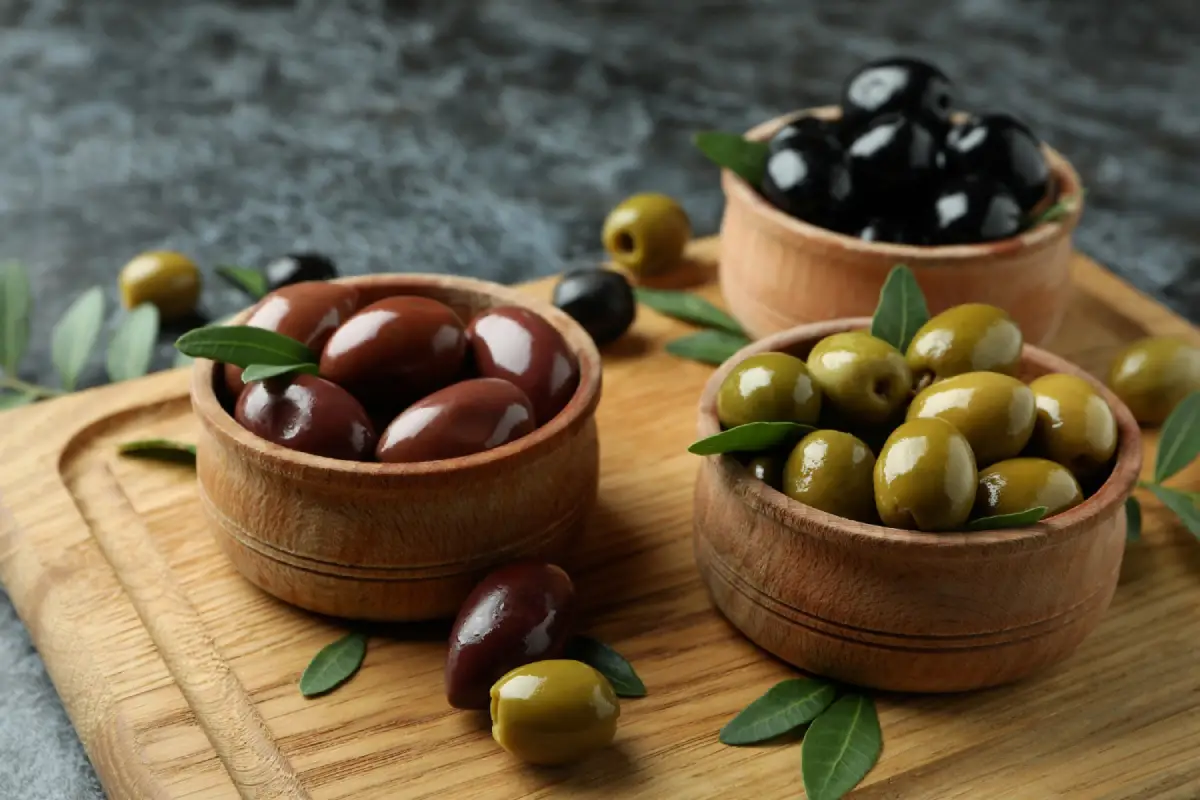

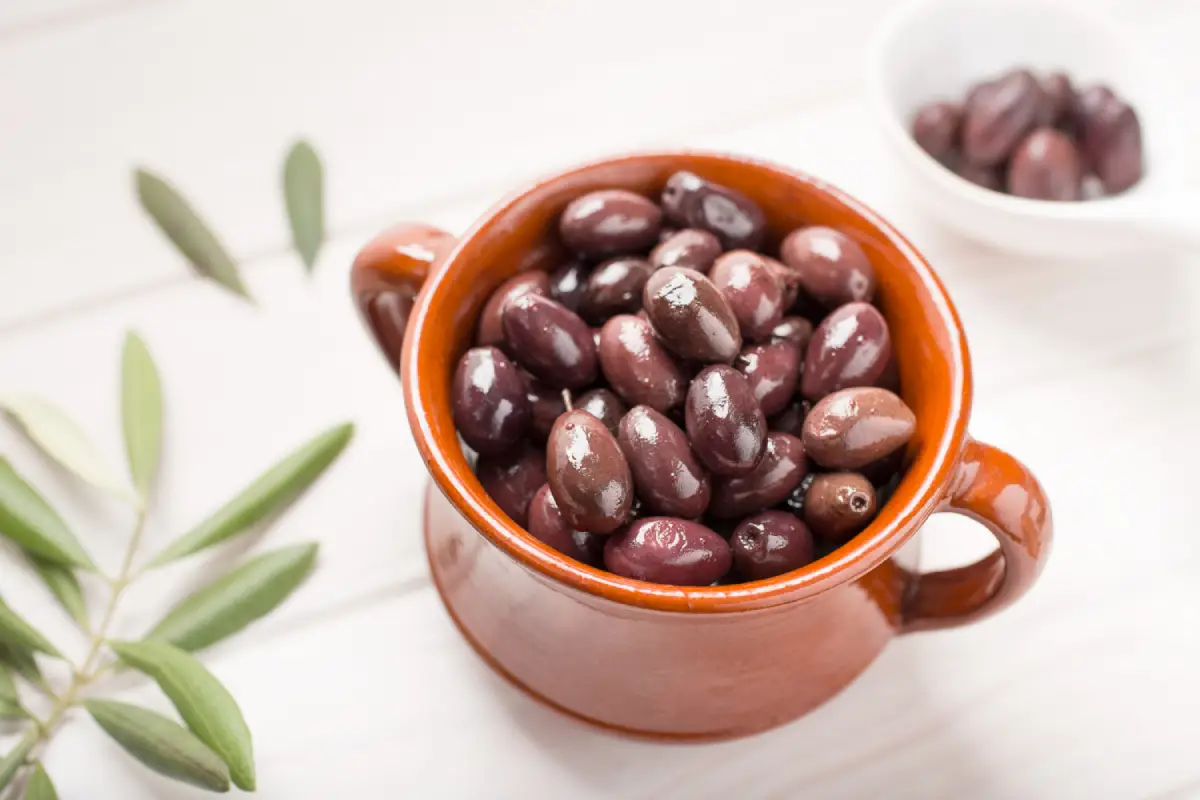
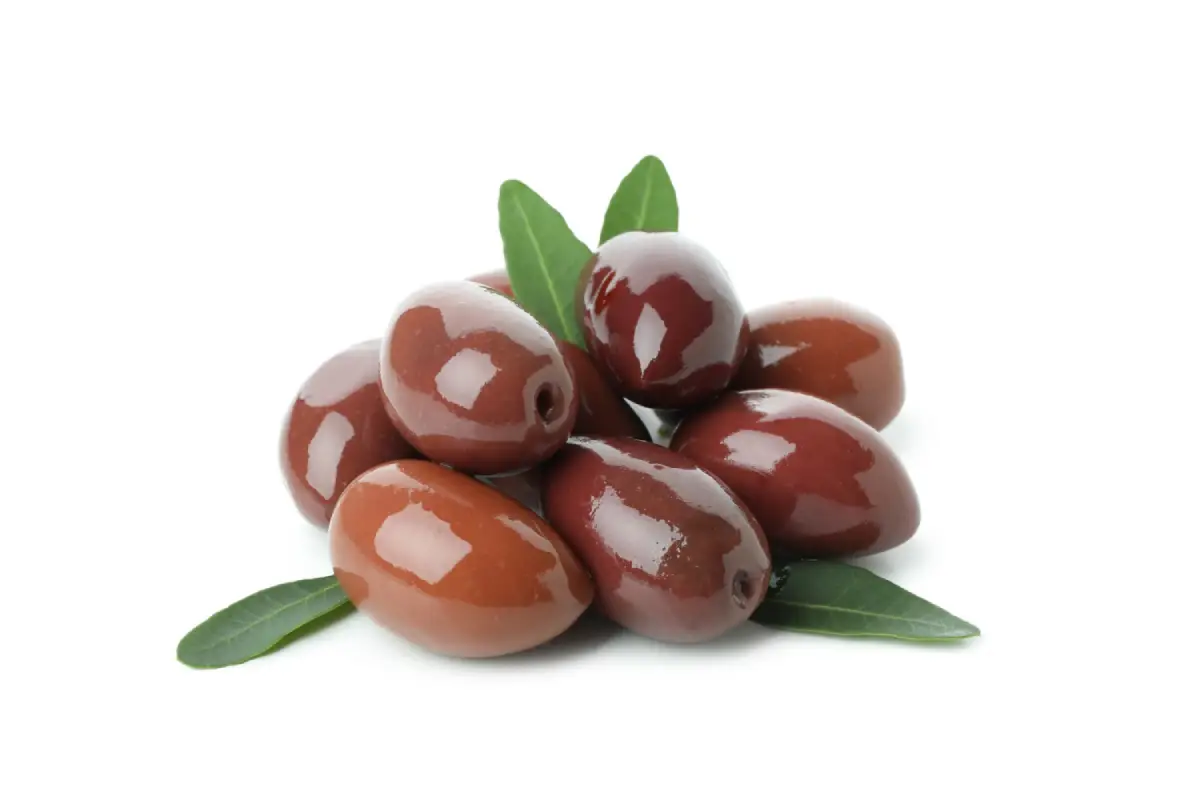
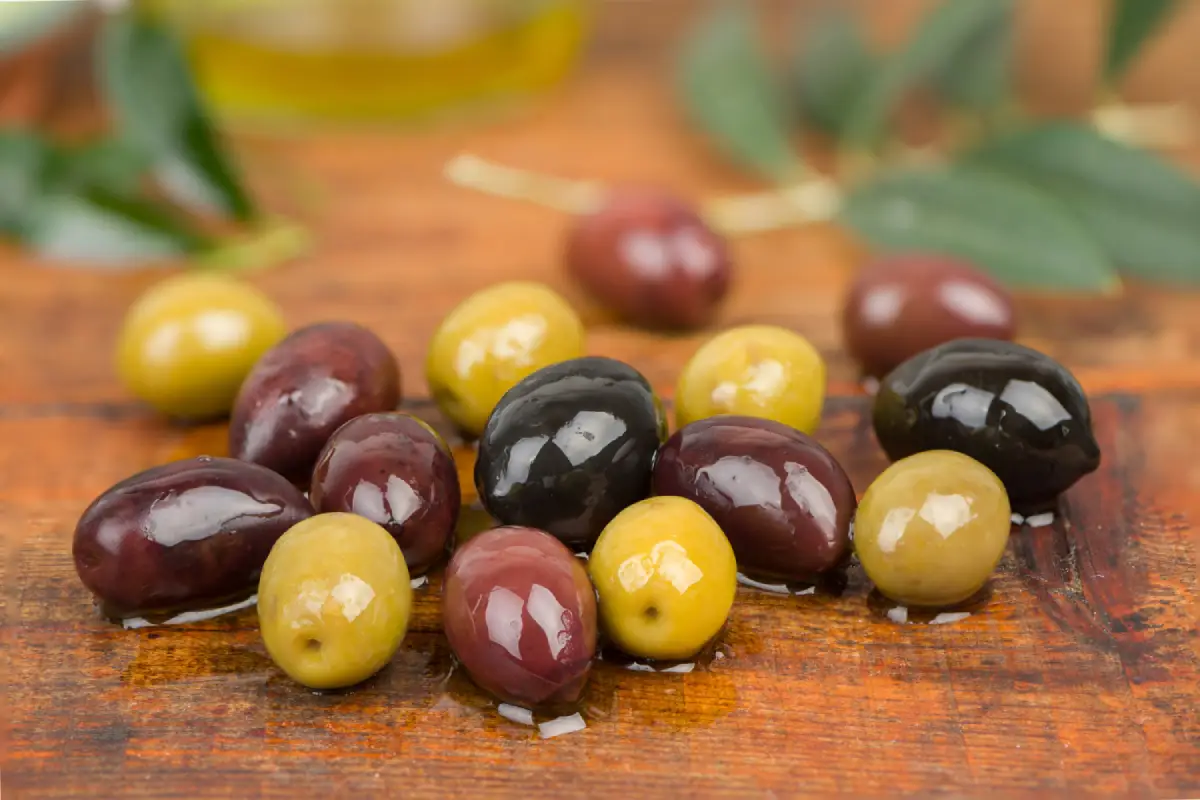
Pretty! This has been a really wonderful article.
Thanks for supplying this information.
I’m so glad you found the article wonderful! Thank you for your kind words. It’s my pleasure to share information that you find valuable. Stay tuned for more!
Very nice post. I simply stumbled upon your weblog and wished
to mention that I’ve truly enjoyed browsing your blog
posts. In any case I will be subscribing in your rss feed and I’m hoping you write
once more very soon!
Thank you for the lovely comment! I’m so glad you enjoyed the blog. More delicious recipes are on the way—stay tuned! Happy cooking!
If you are going for most excellent contents like myself, simply pay a quick
visit this web site daily because it gives quality contents,
thanks
Saved as a favorite, I like your website!
Wow, thanks a ton! It means the world to us that you’ve saved our site as a favorite. We’re super glad you like it here. Keep coming back for more yummy recipes and fun reads. Happy cooking! 🌟
Wow, fantastic blog structure! How long have you been blogging for?
you made running a blog look easy. The whole glance of your
site is great, as neatly as the content material!
Thank you so much for your kind words and encouragement! I’ve been blogging for quite a while now, and it’s been a journey full of learning and passion. Making blogging look easy is a huge compliment, as it takes a lot of dedication and hard work behind the scenes. I’m thrilled to hear you enjoy the layout and content of the site. Your support means the world to me, and it motivates me to keep creating and sharing more engaging content. Thank you for being part of our community!
Admiring the commitment you put into your site and
detailed information you provide. It’s awesome to come across
a blog every once in a while that isn’t the same outdated rehashed information. Excellent read!
I’ve bookmarked your site and I’m including your RSS feeds to my Google account.
Thank you so much for your kind words! I’m thrilled you find the blog refreshing and informative. Your support means a lot, and I’m glad you’ve bookmarked us and added the RSS feeds. Looking forward to sharing more great content with you!
It’s an awesome article in support of all the internet users;
they will get benefit from it I am sure.
Hello friends, its great post on the topic of educationand
fully defined, keep it up all the time.
Great delivery. Great arguments. Keep up the great spirit.